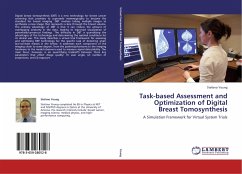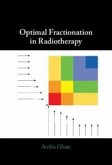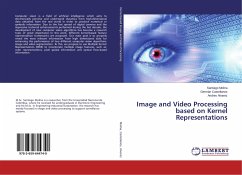Digital breast tomosynthesis (DBT) is a new technology for breast cancer screening that promises to supersede mammography to become the standard for breast imaging. DBT involves taking multiple images to synthesize a new image that represents a slice through the breast volume. The primary advantage of DBT is that it can reduce the amount of overlapping anatomy in the data, leading to improved visualization of potentially-cancerous findings. The difficulty in DBT is quantifying the advantages of the technology and determining the optimal conditions for its clinical use. This study describes a virtual trial framework for assessing and optimizing DBT technology for the specific task of detecting small, low-contrast masses in the breast. It addresses each component of the imaging chain to some degree, from the patients/phantoms to the imaging hardware to the model observers used to measure signal detectability. The main focus, however, is on quantifying tradeoffs between three key parameters that affect image quality: (1) scan angle, (2) number of projections, and (3) exposure.
Bitte wählen Sie Ihr Anliegen aus.
Rechnungen
Retourenschein anfordern
Bestellstatus
Storno








